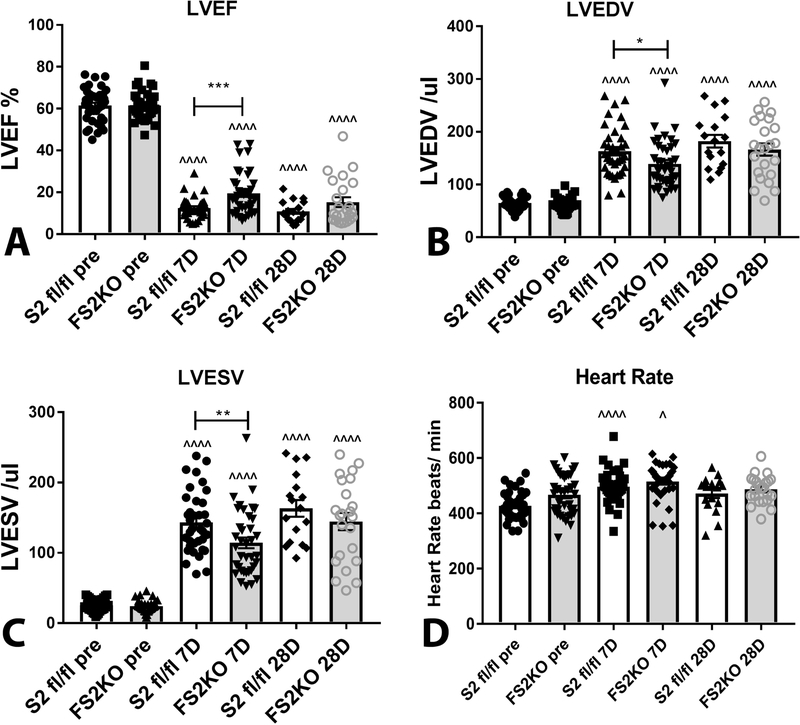Figure 3: Effects of myofibroblast-specific Smad2 loss on cardiac function and adverse remodeling following myocardial infarction.
Non-reperfused myocardial infarction is associated with marked depression of systolic function (evidenced by markedly reduced ejection fraction), and severe dilative remodeling (suggested by increases in LVEDV and LVESV) after 7–28 days of permanent coronary occlusion in both Smad2 fl/fl and FS2KO groups. FS2KO mice exhibited a modest and transient protection from adverse remodeling and dysfunction after 7 days of coronary occlusion. Ejection fraction was significantly higher in FS2KO mice at the 7 day timepoint (A). In contrast, after 28 days of coronary occlusion, FS2KO mice and Smad2 fl/fl animals had no significant differences in ejection fraction (A). LVEDV (B) and LVESV (C) were significantly lower in FS2KO mice after 7 days, but not after 28 days of coronary occlusion, suggesting that myofibroblast-specific Smad2 loss was associated with a transient reduction in dilative post-infarction remodeling. Heart rate (D) was not significantly different between Smad2 fl/fl and FS2KO mice at the same timepoint (*p<0.05, **p<0.01, ***p<0.001 vs. S2fl/fl 7D, ^p<0.05, ^^^^p<0.0001 vs. S2fl/fl pre or FS2KO pre-ANOVA followed by Tukey’s multiple comparison test) (pre-echo: Smad2 fl/fl, n=37; FS2KO, n=38, 7 days: Smad2 fl/fl, n=37; FS2KO, n=37; 28 days: Smad2 fl/fl, n=17; FS2KO, n=23).

